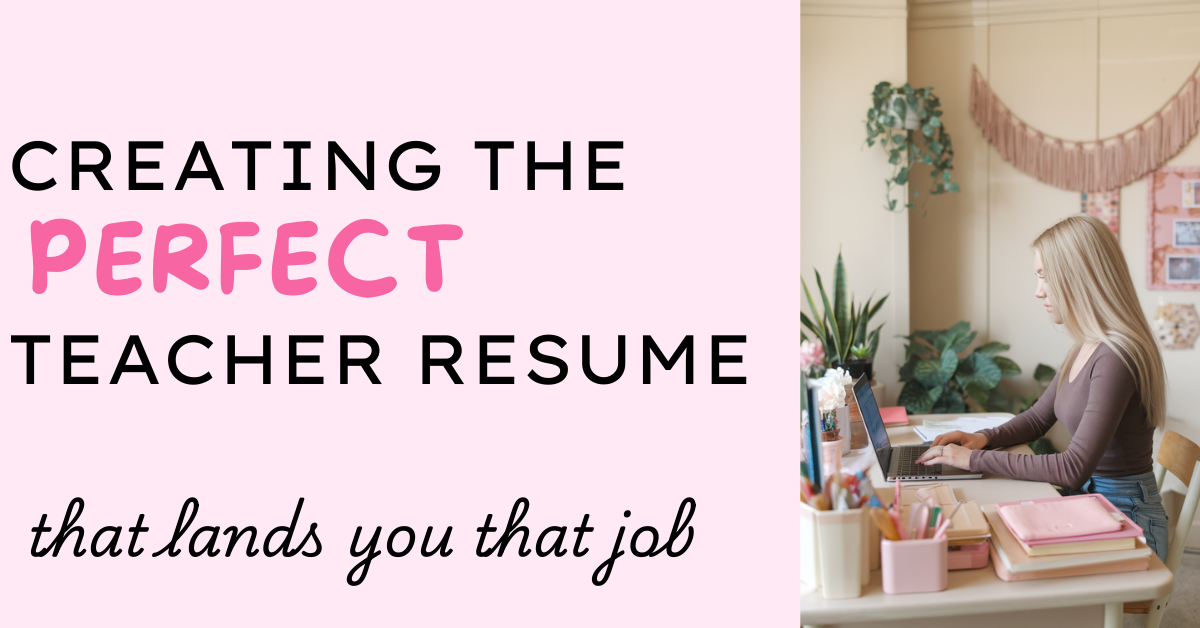
Your teacher resume is one of the most powerful tools to get you that job you want. Your teacher resume can very well be the make or break as to whether or not you get that interview. And yet, so many teachers underestimate its importance.
Whether you’re a new graduate applying for your first teaching role or a seasoned teacher looking for a change, your resume can either open doors or quietly fade to the bottom of the pile. The good news? Creating a standout teacher resume isn’t about having the most experience, it’s about presenting your skills, achievements, and personality in a clear, compelling way that aligns with the school you’re applying to.
I remember staring at my screen, overwhelmed by all the advice online and wondering, “What actually works?” Once I learned how to structure my teacher resume to highlight real results and values that schools care about, everything changed. I landed interviews, in fact, for every job I applied for I got asked to go in and have an interview. This built my confidence, and therefore I secured a position that felt like the perfect fit. Therefore I know it works. That’s why I created this guide, to help other teachers craft resumes that speak loudly, get noticed, and ultimately get results.
In this comprehensive, teacher-focused blog post, you’ll learn how to:
- Structure a winning teacher resume from top to bottom
- Avoid the most common resume mistakes teachers make
- Tailor your resume to specific schools and roles
- Use real metrics and professional language to highlight your impact
- Leverage tools and resources to create a polished, professional resume
Your teacher resume needs to cover a lot on the only 1 to 2 pages you have to work with. With this step-by-step guide, you’ll walk away feeling confident, equipped, and ready to hit send.
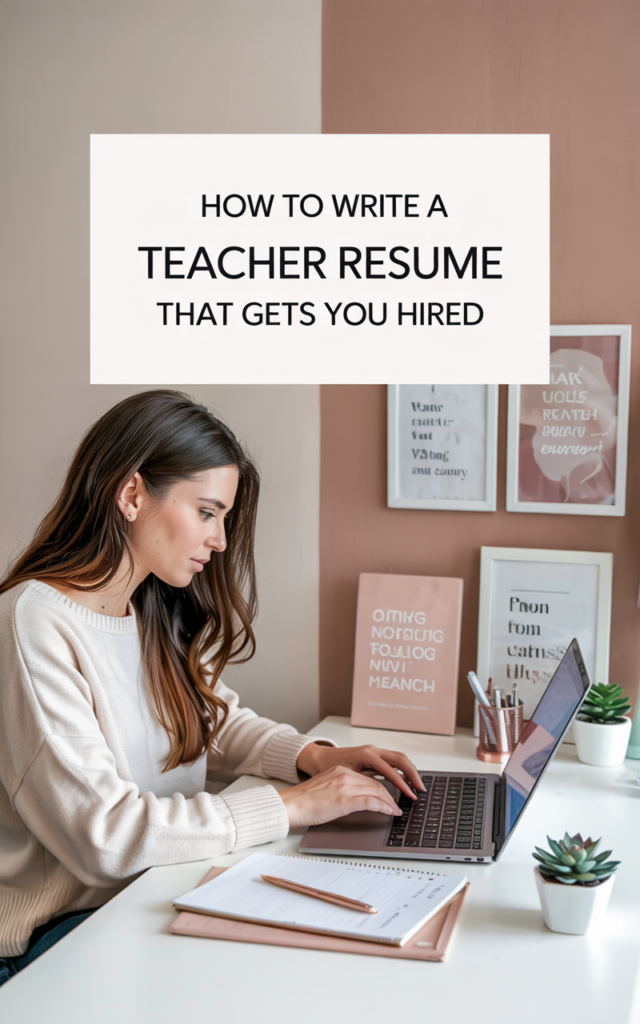
What Makes a Teacher Resume Stand Out in 2025?
There’s a difference between a good resume and a great one. A strong teacher resume needs to be:
- Clear and easy to read
- Tailored to the specific role or school
- Filled with specific achievements and responsibilities
- Honest, confident, and aligned with your values
Hiring panels are often scanning through dozens of applications at once. Your resume should make them pause and say, “Let’s get this one in for an interview.”
In 2025, digital readability matters more than ever. Save your teacher resume as a PDF to preserve the layout, use clean fonts like Arial or Calibri, and be sure to keep the file name professional (e.g. “EmmaTaylor_TeacherResume.pdf”).
A Good Teacher Resume Template to Start With
Choosing the right teacher resume template is more than just picking something that looks pretty, It needs to still be professional but still show a bit of personality.
Principals and hiring managers often scan resumes quickly, so a clear, well-structured layout is crucial. Look for templates that feature clearly defined headings, space for key information, and modern fonts. Stick to a simple colour scheme and avoid overly stylised designs unless you’re applying to a school with a creative focus.
I recommend using Canva’s teacher resume templates, especially the ones that allow space for a profile photo, skills section, and short bio. These are editable, visually appealing, and easy to customise.
If you would like the exact template that I used, message me in the comments and I can send you the link. It made a big difference in how confident I felt submitting applications.

Include a Photo of Yourself
Including a photo on your teacher resume is a personal choice. However, a friendly, professional photo helps hiring managers put a face to the name and humanises your application.
Keep it simple: wear neat, professional clothing and smile gently. Avoid overly formal headshots.
How to Structure Your Teacher Resume for Maximum Impact
A clear, logical structure is essential. Here’s a format that works well for most primary and secondary teaching positions:
- Contact Information: Name, email, phone number, LinkedIn (optional), and city
- Professional Summary or Objective: A short 2–3 sentence statement that highlights your teaching philosophy and experience
- Education: Degrees, graduation year, and institution
- Teaching Experience: Include dates, roles, schools, and a few bullet points on responsibilities and achievements
- Professional Development: Workshops, training, certifications (e.g. PB4L, Structured Literacy)
- Skills: Relevant skills such as classroom management, digital learning tools, curriculum planning
- Extra-Curriculars or Volunteer Experience: Only include what adds value or shows leadership
- References
Extra experiences can give your resume an edge and can make for great conversation starters in interviews. It showed leadership, initiative, and alignment with school culture.
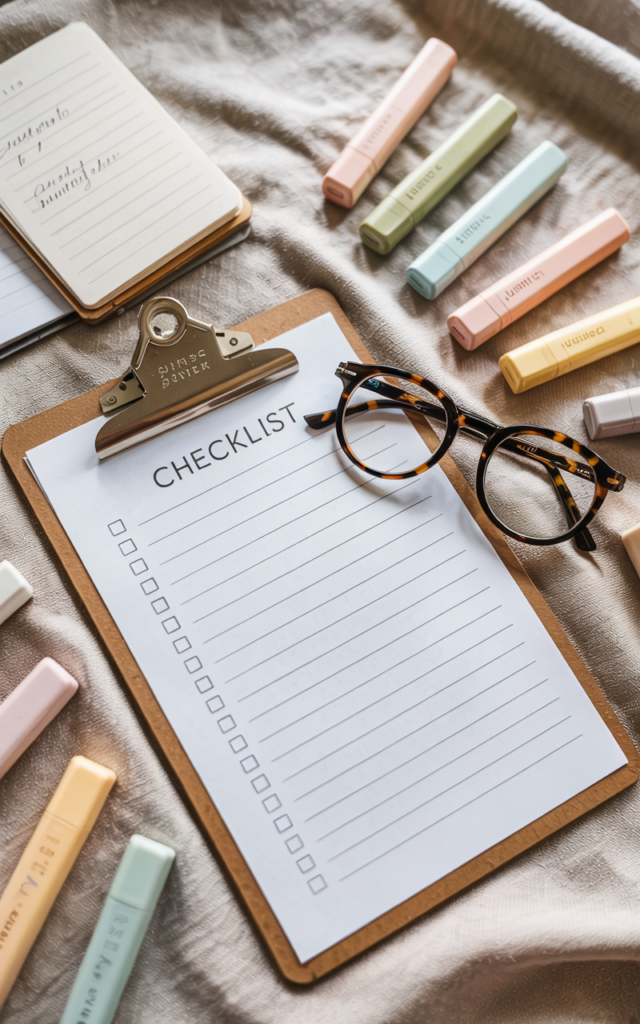
One Page or Two?
This is one of the most common teacher resume questions. The general rule is:
- If you’re a beginning teacher, try keep it to one page.
- If you have a few years of experience or a range of specialist roles, two pages works
The key is clarity. If it’s too cluttered or text-heavy, it won’t get read. Use bullet points, headings, and white space strategically.
Choose Good and Relevant References
Strong references can make or break your application. On your teacher resume, include two professional referees who know your teaching practice well, ideally a mentor teacher, team leader, associate principal, or previous principal. Avoid random colleagues or people from prior jobs unrelated to teaching.
Make sure you:
- Ask permission before listing anyone. Don’t forget to give your references a heads-up that they may get a call. This gives them time to think about what they are going to say if they do get a phone call.
- Include their full name, role, school, email, and phone number
- Note your relationship to them (e.g., “Mentor teacher during practicum”)
If you’re a new grad and still building connections, your university practicum advisor and your associate teacher are great options.
How to Show (Not Just Tell) Your Teaching Strengths
Rather than saying “excellent classroom management,” try showing what that looks like in practice:
- “Implemented a positive behaviour for learning system that reduced student disruptions by 40% over one term.”
- “Led a school-wide wellbeing programme that improved student self-regulation and engagement.”
Use real numbers and results wherever possible. This adds credibility and shows that you reflect on your practice and make data-informed decisions.
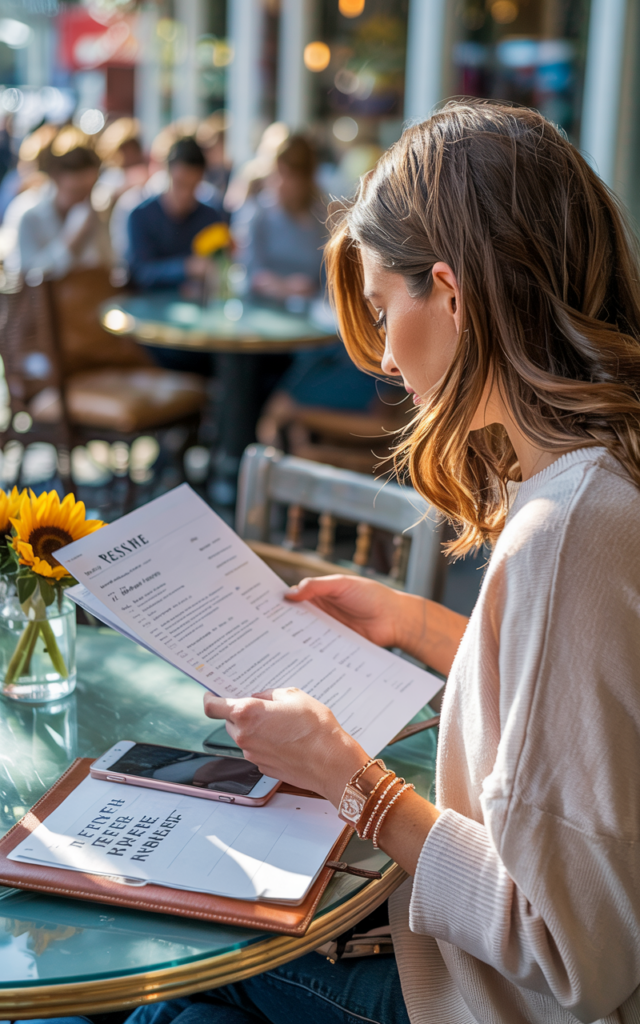
Add a Professional Highlights Section
Consider adding a short “Professional Highlights” section at the top of your teacher resume. Use 3–5 bullet points to quickly show off your biggest wins.
Examples:
- Designed a whole-school well-being programme aligned with PB4L principles
- Mentored a beginning teacher through their first year
- Developed a new spelling programme aligned with the IDeal Approach
This gives the hiring panel a snapshot of your value before they dive into the details.
Highlight Your Strengths Clearly
Don’t bury your strengths in long paragraphs. They should be easy to spot on your teacher resume. Consider including a brief section near the top titled Key Strengths or Professional Skills, and list 4–6 keywords or phrases.
Examples:
- Culturally responsive teaching
- Strong classroom management
- Differentiation for diverse learners
- Growth mindset approach
- Social-emotional learning integration
- Collaboration with family and staff
These kinds of strengths are exactly what school leaders scan for when filtering resumes. If you’re not sure what to list, look at the job ad, then mirror back the language (authentically) in your own words.
Only Include Relevant Job Experience
When crafting your teacher resume, remember that not all job experience is relevant. Principals aren’t interested in your part-time café job unless it directly shows leadership, communication, or child-related experience. Prioritise your teaching career first, include your university placements, relief teaching roles, classroom teaching positions, or specialist subject teaching.
Structure each job entry with your role title, school name, dates, and a few powerful bullet points. Use action verbs and specific outcomes, like:
- Developed and implemented a structured literacy programme in Year 3
- Supported learners with ADHD and dyslexia through differentiated strategies
- Designed a digital reward system as part of PB4L initiatives
If you’re newer to teaching, lean into your placements and highlight what you contributed and learned. It’s about quality over quantity.
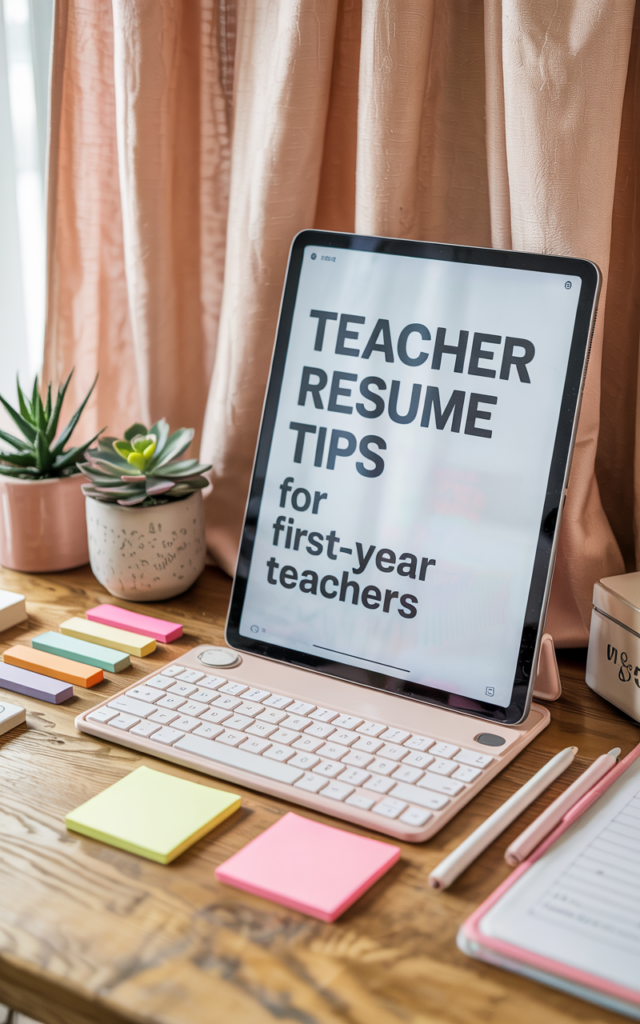
Include Specific Training and Leadership Roles
Your teacher resume should proudly display any additional training or responsibilities you’ve taken on, especially if they show initiative, leadership, or professional development.
Have you completed any professional development training? Were you a rep in your school, mentor teacher, or part of a curriculum development team? All of these are gold.
Use a dedicated section called Professional Development & Roles and list.
If you are a beginning teacher, think about what you did on placement where you went the extra mile. These can be big or small. E.g. Teaching a student how to swim.
This tells employers that you’re reflective, invested in your growth, and willing to take on extra responsibility.
Interests That Make You Stand Out
A section many people skip on their teacher resume is Interests, but this can be a goldmine for making connections. I actually believe it is the most important section. Your interests give hiring managers a peek into who you are beyond the classroom and show how you might fit into the school culture. If you’re passionate about outdoor education, drama, school gardening clubs, or even photography, include it. These hobbies can align beautifully with extracurriculars or leadership roles schools are looking to fill.
In my own resume, I included my interest in student wellbeing and mindfulness, which led to an interview question about how I could support the school’s wellbeing programme. That connection helped me stand out from other applicants.
Examples
For example, if one of your hobbies is running, don’t just say “I like to run in my spare time”. Be more specific. Instead, you could say “I have entered multiple 10km races and am training for a half marathon event”.
This makes you stand out so much more and actually says so much about you. It suggests you enjoy fitness, you are determined, you’re resilient etc. The list goes on.
Maybe you’re a keen baker… Instead of saying “I enjoy baking” you could say “I am always the friend that gets asked to bake cakes for events and have made and decorated cakes for many of my friends baby showers”
Think About What Makes You Different
Every teacher brings something unique, your job is to own it. Use your teacher resume to highlight what sets you apart. Did you complete a unique practicum placement? Have you worked in diverse classrooms? Have you created resources or run initiatives outside your teaching duties?
For example, I included my experience running a PB4L (Positive Behaviour for Learning) student rewards system and mentoring an unregistered teacher. These roles weren’t “extra” they were key indicators of leadership and initiative.
Think about how your background, experiences, or even your personality could add value to a school. Then make sure those elements are visible in your resume summary or bullet-point achievements.
Create QR Codes for More Info (Teaching Portfolios, Photo Albums)
One clever way to enhance your teacher resume is by adding QR codes that link to supporting materials. These could be a digital teaching portfolio, a classroom photo album, or even a video introduction if you’re applying internationally. Its’s a great way to add more to your teacher resume without having to worry about going over 2 pages.
QR codes let hiring managers explore more if they want to without crowding your one-page resume. I recommend using Canva’s built-in QR code tool or QR Code Monkey to generate custom codes. For example, my QR code linked to a private Google Drive folder with photos of class displays, examples of student work, and my behaviour management plan, and yes, it definitely got noticed.
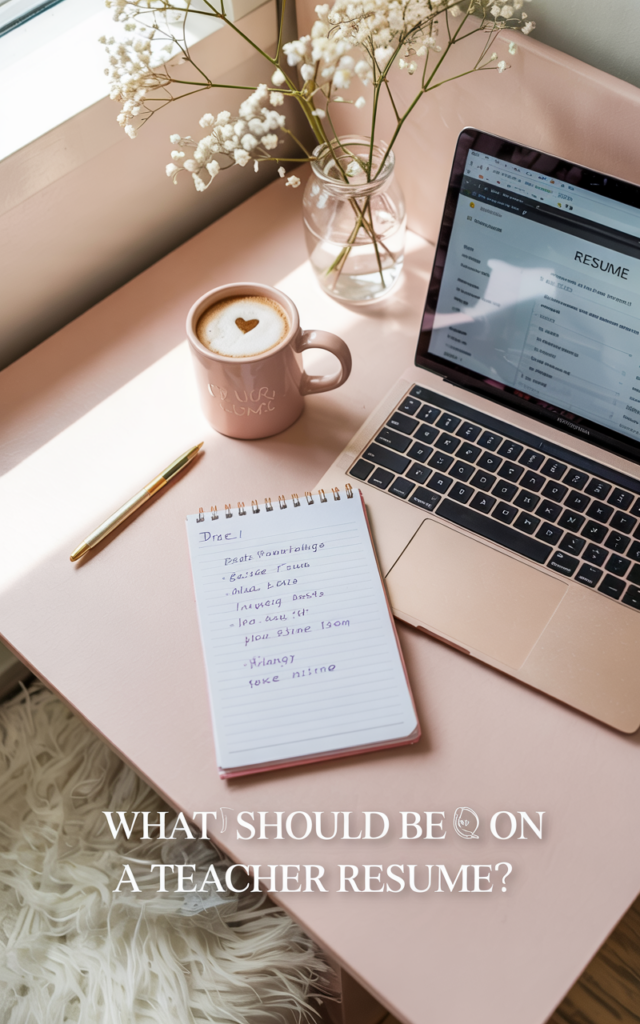
Top 5 Teacher Resume FAQs
Do I include all my placements/practicums?
Only include the most recent or relevant ones. Focus on what aligns with the role you’re applying for.
Do I need a cover letter too?
Yes. Always. It’s your chance to bring your personality and teaching philosophy to life. You can be more specific to the job you are applying to and you can add more information about yourself.
What if I’m applying for different year levels or subjects?
Adjust your objective and highlight relevant experience in each version of your teacher resume.
What if I’ve had a gap in my teaching career?
Be honest and positive. Explain how you used the time productively (e.g. professional learning, parenting, travel).
Should I list hobbies?
Yes! Definitely add hobbies. I think this is actually one of the most important parts to help you stand out. But remember to be specific. Don’t just say “I enjoy gardening”. Remember to think about how this could relate back to the school (e.g. coaching, drama, kapa haka involvement).
Tailoring Your Teacher Resume to the Job Description
The best teacher resumes are tailored to the job. That means using the language of the job ad, reflecting their values, and showing your fit.
If the school emphasises “inclusive practice” or “structured literacy,” make sure those phrases show up in your resume. Use the STAR method (Situation, Task, Action, Result) to briefly describe your experiences in bullet points.
What to Leave Off Your Teacher Resume
Avoid anything that distracts or doesn’t add value, such as:
- Outdated skills (e.g. MS-DOS, overhead projectors)
- Personal details that aren’t relevant
- Jobs unrelated to education unless they show transferrable skills (e.g. leadership, communication, teamwork)
Bonus Tip: Link to a Teaching Portfolio
You can include a simple link to your digital teacher portfolio (Google Drive or a personal website). This gives schools access to your planning samples, lesson ideas, classroom photos, or reflective practice.
It’s a great way to stand out and show your professionalism, especially if you’re applying for a competitive role.
Common Teacher Resume Mistakes to Avoid
Here are some common pitfalls I’ve seen and made myself early on.
- Using vague descriptions like “responsible for planning”
- Forgetting to quantify impact (e.g. “improved student engagement by 30%”)
- Listing every role ever held, even if it’s not relevant
- Including information that should be saved for your cover letter
A good teacher resume isn’t a life story, it’s a highlight reel that shows what you bring to the table and how you can contribute to that particular school.
If you’re looking for a visually appealing design without the hassle, I recommend exploring Canva’s resume templates. These are great tools for creating a modern, professional teacher resume layout.
Final Touches Before You Hit Send
- Triple-check for typos and grammar errors
- Save as a PDF with a clear, professional file name
Finally, breathe. You’ve done the work. Let your resume reflect that.
Your Teacher Resume Is Your Story on One Page
Your teacher resume is more than just a list of jobs. It’s a chance to tell your story, reflect your values, and show the strengths you bring into the classroom.
It doesn’t need to be perfect, it just needs to be you, clearly and confidently.
Writing a high-impact teacher resume takes time but it’s absolutely worth it. This single document has the power to showcase your teaching style, highlight your growth, and communicate your value before you even step into the room. A generic or outdated teacher resume simply won’t cut it. You need a resume that reflects your unique skills, aligns with what schools are looking for, and presents your teaching journey in the best possible light.
Whether you’re a beginning teacher fresh out of uni or a seasoned educator with leadership experience under your belt, your teacher resume should feel like a celebration of what you’ve accomplished and a preview of what you’re ready to offer. By following the strategies in this post, from structuring your resume effectively to using active, measurable language, you’ll give yourself the best chance of standing out from the crowd.
Need a little extra help? I’ve created a free Teacher Resume Checklist and a fully editable Canva resume template you can use to get started. Sign up below to grab them instantly and take the guesswork out of your next application.
Remember: your teacher resume is your professional story on paper. Make it bold, make it clear, and most importantly — make it yours.
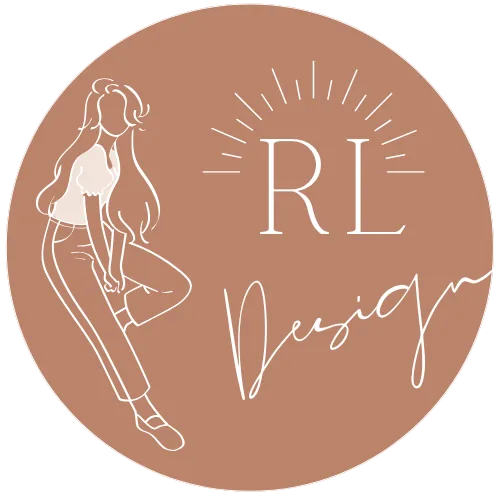
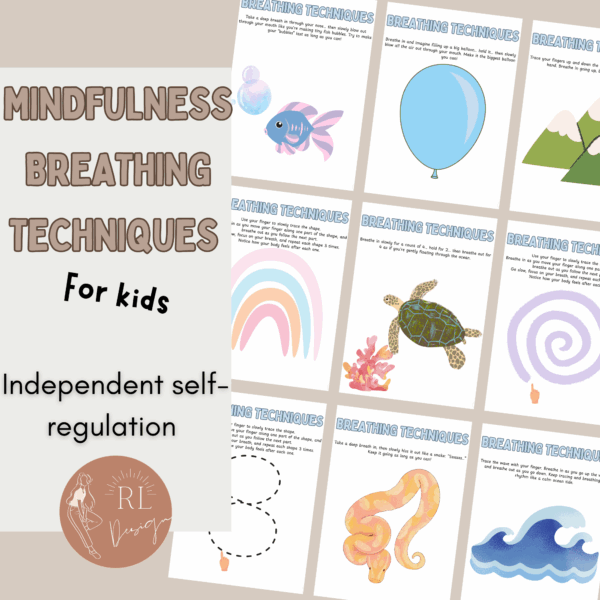

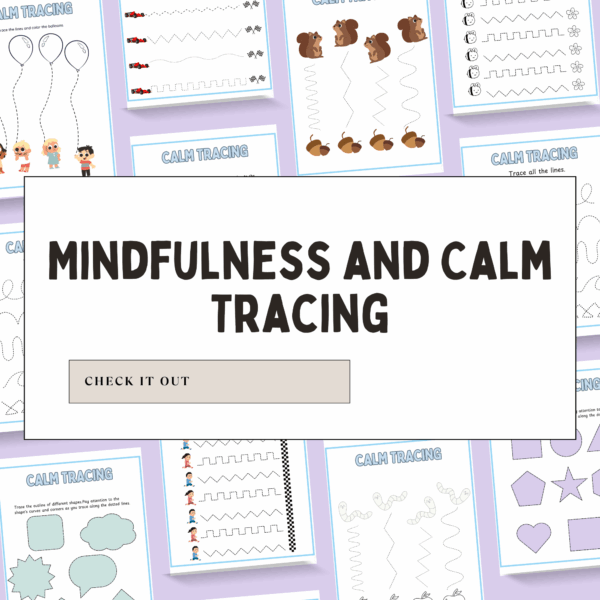
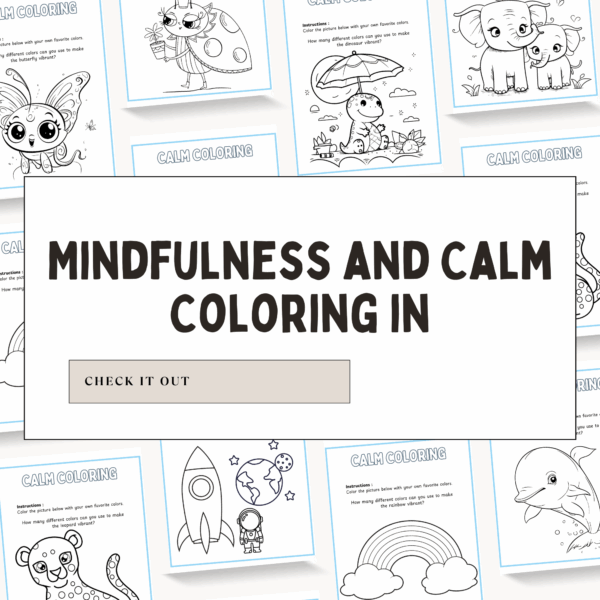
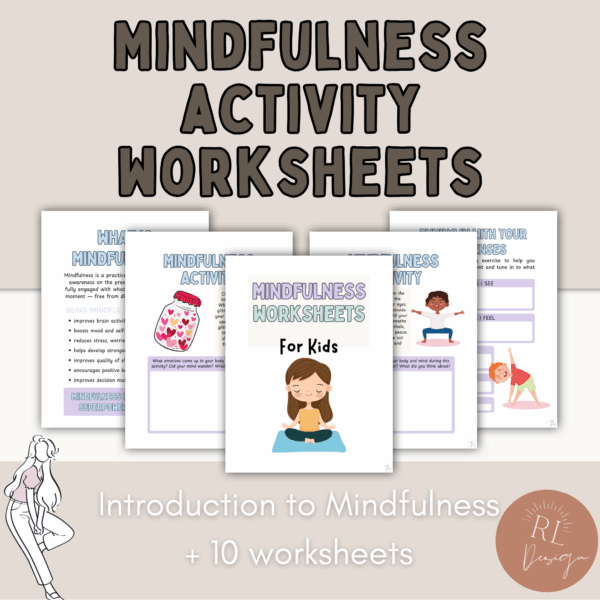
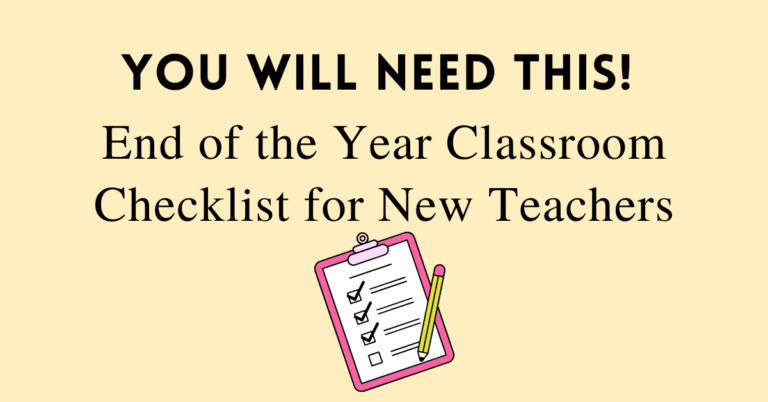
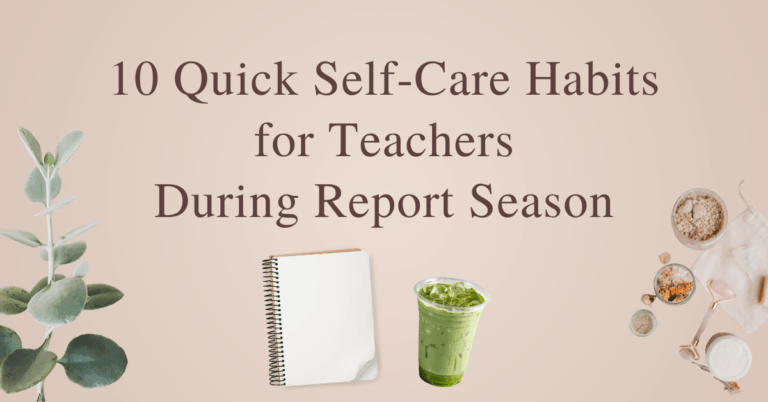


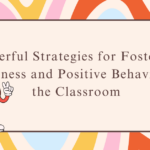
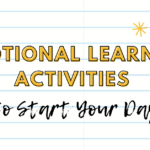
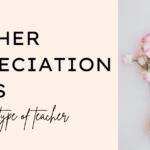
Leave a Reply